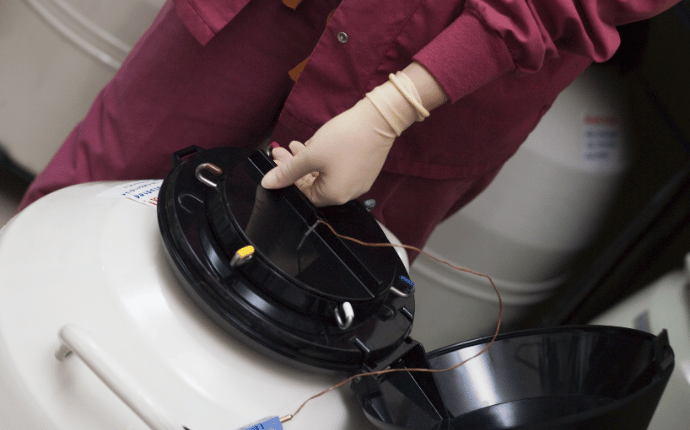Goral Gandhi is the Founder & Scientific Director at Global fertility solutions Mumbai .With more than 25 years of experience in IVF, embryology, and ART. Goral is a famous consultant clinical embryologist. She has handled thousands of infertility cases over the course of her 25 years in the field and has developed a thorough understanding of all facets of fertility and embryology, including the feelings related to the entire fertility process.



